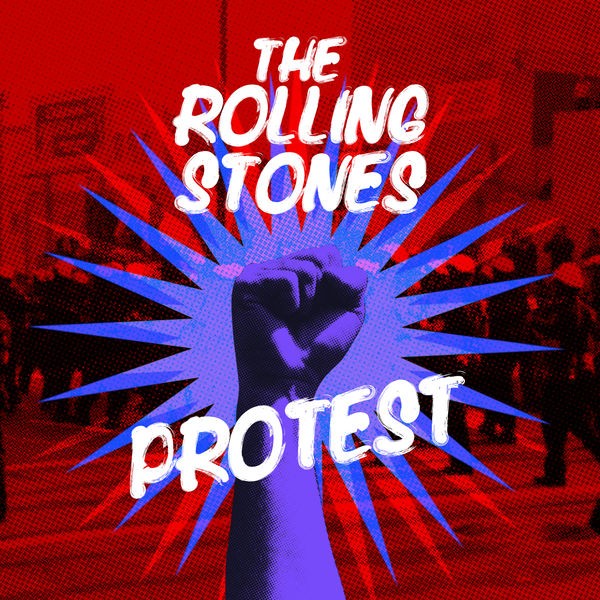
Wyman recalled that Nitzsche and Jones would pick up instruments that were in the studio and experiment with sounds for each song. This time we were able to relax a little, take our time." The main engineer for the album, Dave Hassinger, was pivotal in making the group feel comfortable during the sessions, as he let them experiment with instrumentals and team up with session musicians like Jack Nitzsche to variegate their sound. Referring to the atmosphere at RCA, Richards told Beat Instrumental magazine in February 1966: "Our previous sessions have always been rush jobs. " Ride On, Baby" and " Sittin' on a Fence" were also recorded during the sessions but were not released until the 1967 US album Flowers. Among the songs were four tracks issued on singles by the Rolling Stones in the first half of 1966, the A-sides of which were "19th Nervous Breakdown" and " Paint It Black". Charlie Watts, the group's drummer, told the press that they had completed 10 songs during the first block of sessions according to Wyman's book, at least 20 were recorded in March. The recording sessions took place at RCA Studios in Los Angeles on 6–10 December 1965 and, following promotion for their "19th Nervous Breakdown" single and an Australasian tour, on 3–12 March 1966. The plan was abandoned after Jagger met the potential director, Nicholas Ray, and disliked him. According to the band's bassist Bill Wyman in his book Rolling with the Stones, they originally conceived Aftermath as the soundtrack for a planned film, Back, Behind and in Front. The pair wrote much of the material during the October–December 1965 tour and recording began immediately after the tour ended. All the songs were, at Oldham's instigation, written by and credited to the songwriting partnership of Jagger and Richards.

Writing and recording Mick Jagger (left) and Keith Richards (right), the band's chief songwriters, and Brian Jones (back, center), who contributed to Aftermath as a multi-instrumentalistĪftermath is the first Stones LP to be composed entirely of original material by the group. Keith Richards fell in love with her too, and their romantic triad realigned the precarious political axis within the Stones."

The band's biographer Stephen Davis describes these entanglements as a "revolution under way within the Stones", adding that "Anita Pallenberg restored the faltering Brian Jones to his place in the band and in the Rolling Stones mythos. Richards' relationship with Linda Keith also deteriorated as her drug use escalated to include Mandrax and heroin.

Jagger came to view his girlfriend, Chrissie Shrimpton, as inadequate by comparison while Jagger sought a more glamorous companion commensurate with his newfound wealth, the aura surrounding Jones and Pallenberg contributed to the end of his and Shrimpton's increasingly acrimonious relationship. Jones' new relationship with the German model Anita Pallenberg, which had taken on sadomasochistic aspects, helped renew his confidence and encourage him to experiment musically, while her intelligence and sophistication both intimidated and elicited envy from the other Stones. The group dynamics were also affected by some of the band members' romantic entanglements. Within the Stones, tensions were rife as Brian Jones continued to be viewed by fans and the press as the band's leader, a situation that Jagger and Oldham resented.

At the same time, it was the era of " Stupid Girl" and " Under My Thumb," misogynist songs of dominance set to the Stones' darkest, most ardent music. The influence of a powerful new female energy on the Stones was undeniable. The band's inaugural set of all-original material is widely considered their first truly great album.In 1966, inspired by the formidable women around them, driven by the twin engines of ambition and drugs, the Rolling Stones continued a run of visionary hit singles and began to release albums that stood as crucial works of the era. `Under My Thumb' is perhaps the group's most perfect pop song to date, `Stupid Girl' hints at the sleazy rockers ahead.", ".While available in both US and UK versions, opt for the Brit take, which includes extras like the biting parental put-down 'Mother's Little Helper'." - Rating: A-, Ranked #2 in Rolling Stone's "50 Coolest Records" - ".The sauciest Mick, the broodiest Keith, the prettiest Brian, the funkiest Bill and Charlie - now and forever Charlie." Pop, Rock, Rock 'n' Roll, Contemporary Christian, Bluesħ (out of 10) - ".a pivotal Stones album, with Brian Jones continuing to progress as a musician. Interscope / Universal / Universal Distribution


 0 kommentar(er)
0 kommentar(er)
